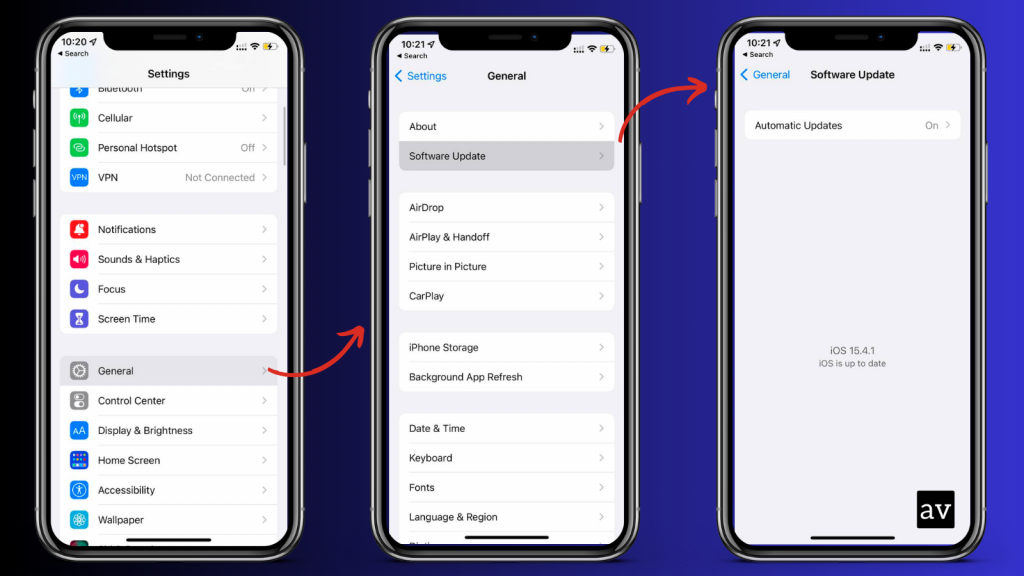Smartphones have become crucial in managing our online security, and apps like Microsoft Authenticator play a vital role in keeping our digital identities safe. Despite being reliable, there are times when Microsoft Authenticator may crash on your iPhone, which can disrupt access to your accounts and services. In such a scenario, you need to know how to quickly fix the problem and get back to using your device safely. Whether you’re tech-savvy or not, the solutions we’re about to explore are straightforward and can help you resolve the issue with ease.
Solution 1: Check Microsoft Authenticator Server Status
Microsoft Authenticator has faced outages before, and there is a good possibility that it might be facing downtimes now. We suggest you check Downdetector to check if Microsoft Authenticator is down.

However, if Microsoft Authenticator is up and running fine, let’s try a few more methods to troubleshoot and resolve the issue.
Solution 2: Restart Your Device
A simple yet effective starting point is to restart your device. This basic troubleshooting step can resolve minor glitches and improve your device’s performance, ensuring a smoother operation of Microsoft Authenticator.
Here’s how you can restart:
- To turn off your device:
- For iPhone X and later models: Press and hold the volume down button along with the side button.
- For iPhone SE (2nd or 3rd generation), 7, and 8: Press and hold the side button.
- For iPhone SE (1st generation), 5s, 5c, or 5: Press and hold the top power button.
- Slide to power off when prompted and wait for about 30 seconds.

- Power your iPhone back on by holding the power button until the logo appears.
Solution 3: Toggle Airplane Mode
Toggling Airplane Mode on and off can refresh your iPhone’s network connections, which might solve the crashing issue:
- Swipe into your device’s Control Center.
- Tap the Airplane Mode icon to turn it on, wait a few seconds, then tap again to turn it off.

Solution 4: Close Microsoft Authenticator and Background Apps
Another common issue is the lack of sufficient RAM to support both Microsoft Authenticator and other background applications. Closing all apps can free up the iPhone’s memory:
- Double-press the home button or swipe up from the bottom (for devices with Face ID) to access the app switcher.
- Locate Microsoft Authenticator and swipe it up to close.

Solution 5: Update Microsoft Authenticator
Using an outdated version of Microsoft Authenticator can lead to not working. Ensure you have the latest version installed by checking for updates in the App store. Developers regularly release updates to fix bugs and improve performance.

Solution 6: Update Your Device’s OS
Keeping your device’s operating system up to date is crucial for app compatibility and performance:
- Go to Settings > General > Software Update.
- If an update is available, follow the prompts to install the latest version.

Solution 7: Reinstall Microsoft Authenticator
If updating doesn’t work, try reinstalling Microsoft Authenticator:
- Press and hold the app icon on your home screen until a menu appears.

- Tap “Remove App” or “Delete App” and confirm.
- Reinstall Microsoft Authenticator from the App Store.
In conclusion, when Microsoft Authenticator crashes on your iPhone, it is not the end of the road for your digital security. Simple troubleshooting steps such as checking the server status, restarting your device, or reinstalling the app can often restore its functionality. By following the solutions provided, you’ll minimize downtime and ensure that your accounts remain protected with two-factor authentication. With these fixes, you can continue to use your iPhone and the Microsoft Authenticator app with confidence.




